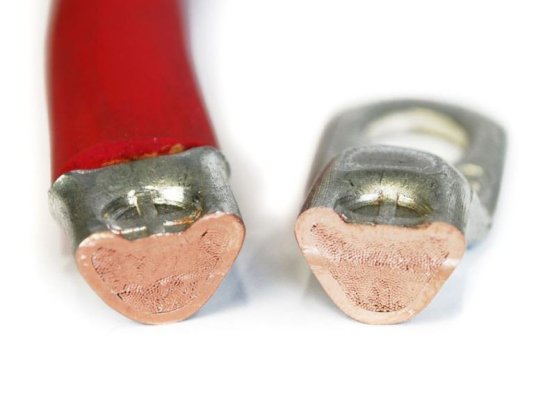Portage_Bay
Guru
- Joined
- Oct 19, 2015
- Messages
- 2,675
- Location
- United States
- Vessel Name
- Pacific Myst
- Vessel Make
- West Bay 4500
Boy, I’d feel good with double crimped T&B butts, buried in thick wall adhesive lined heat shrink.
Saying that, I have seen the aftermath of 13kV overhead splice that let go. On a sidewalk, a couple inches deep craters turned to glass. Anyway, the more vibration a joint is subjected to, the more one needs to consider how to mechanically stabilize it. A post will do that, but I submit a good heatshrink job will also.
And something like the Ancor cable tie mounts one on each side of the butt connector to eliminate vibration movement of the butt.

 But stanger things have happens
But stanger things have happens 